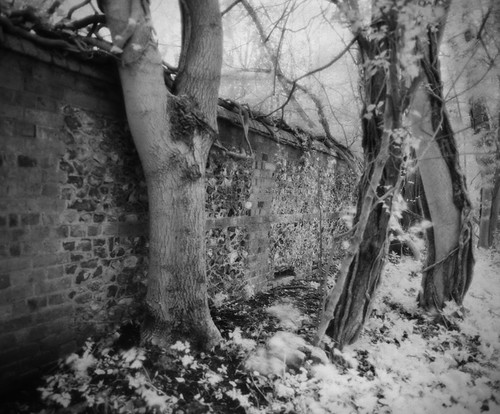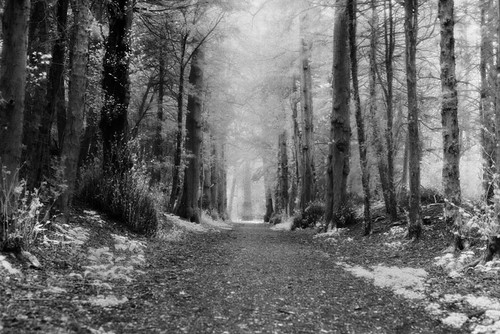- Messages
- 248
- Name
- David
- Edit My Images
- Yes
How do you meter the above film with a hand held meter
is it worth using ir in overcast cloud or is there still plenty of ir light about,thought there must be a starting point
Exposere seem long though,is that why a lot of ir shots seem blured,eg clouds trees and grass seem to move
What f-stop setting

is it worth using ir in overcast cloud or is there still plenty of ir light about,thought there must be a starting point
Exposere seem long though,is that why a lot of ir shots seem blured,eg clouds trees and grass seem to move
What f-stop setting


one thing is a bit of a nusance is removing the filter to compose the shot,would a range finder viewfinder be of any help,i would need one for each lens but like the idea of using a 35mm or 50mm most of the time
